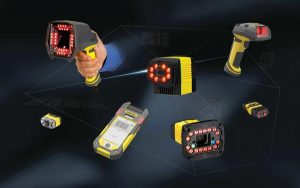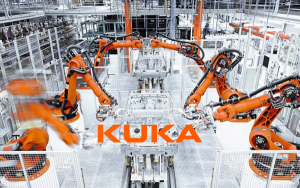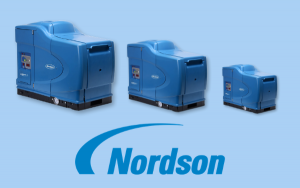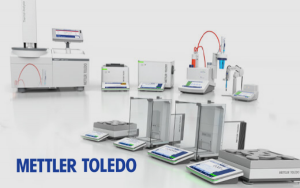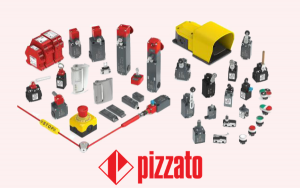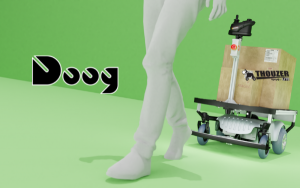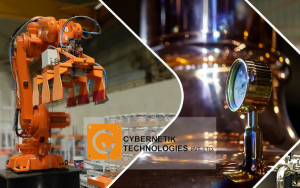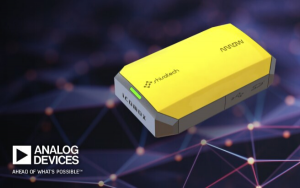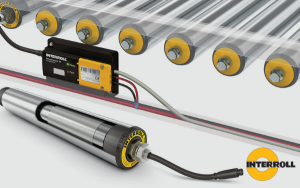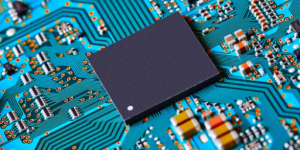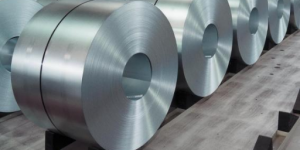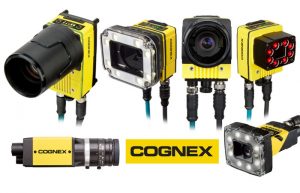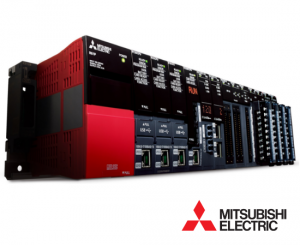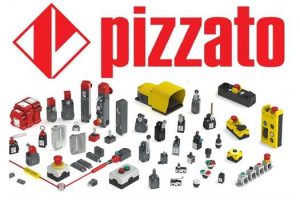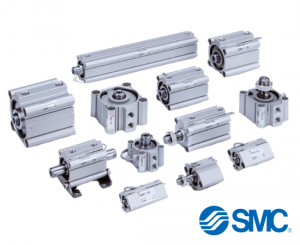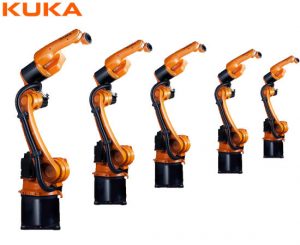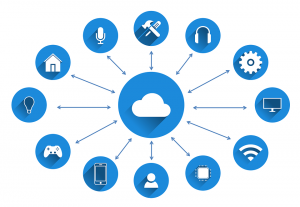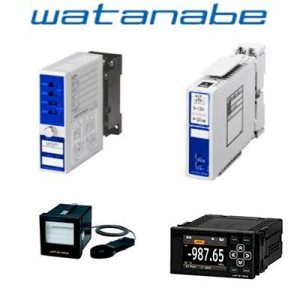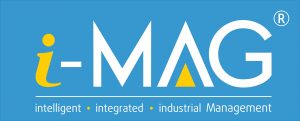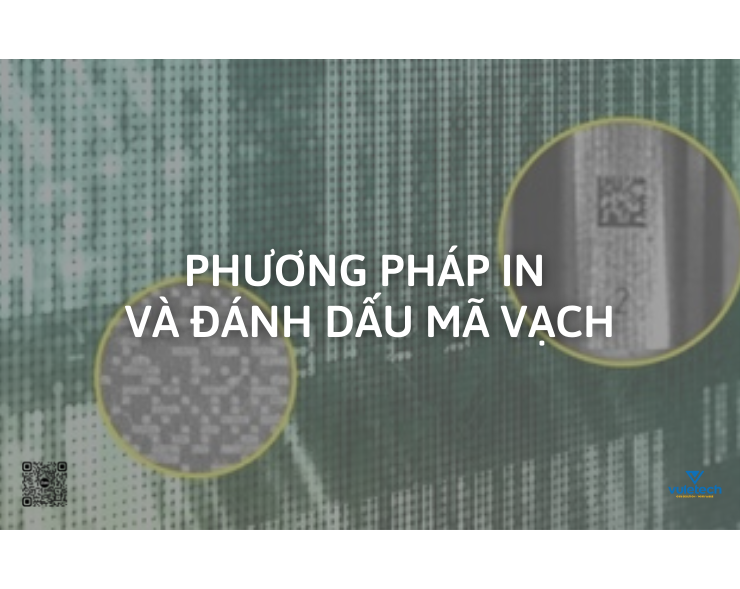Once a decision has been made to use barcodes in an enterprise to improve tracking and traceability, the adoption of codes is usually done in one of two ways. Codes can be applied to a package or label by inkjet or thermal printing, or by permanently marking the code directly on an object through direct parts marking (DPM).
Heat transfer or inkjet printing:
Inkjet printers are most commonly used to print codes on packages, labels or other materials. Inkjet printers generate barcodes by pushing ink droplets onto a substrate such as paper or plastic. Heat transfer technology is commonly used to print labels. This process heats the print head and applies ink directly to the label. Inkjet and thermal printers are commonly used to print 1D barcodes or UV (invisible) codes.
Direct bookmarks:
DPM is a process that allows users to mark code directly on an object instead of printing on a label. For medical devices, auto parts and other durable goods where traceability and liability protection at the component level are important, the DPM approach provides a solution. More permanent alternative to the printing method. A DPM code is considered “permanent” because it would take a significant amount of damage to make the DPM code unreadable, unlike labels that can be erased, torn, or otherwise distorted by moisture. DPM codes often include more data than just an index number; therefore, they often use 2D barcodes instead of lower-bandwidth 1D barcodes.
There are three main types of DPM methods: laser, peen dot, and chemical etching. Depending on the material to be marked, each method has its own strengths and weaknesses. For metal parts, laser marking systems provide high throughput permanent markings but are very costly to install. Peen dot markers are less expensive, but they wear out, which can compromise the mark.
| Code image on metal | Marking Type | Describe |
 |
Laser | Laser marking systems typically use a fiber laser to engrave Data Matrix codes or other 2D code symbols on the part. |
 |
Dot Peen | The peen dot marking system, often considered the most cost-effective option, uses an oscillating stylus to press into the metal, creating a graduated line. |
 |
Chemical etching | Electrochemical etching uses a sodium-based solution combined with a pulsed low-voltage current. The charged solution dissolves the metal, which is then extracted through a special stencil |





